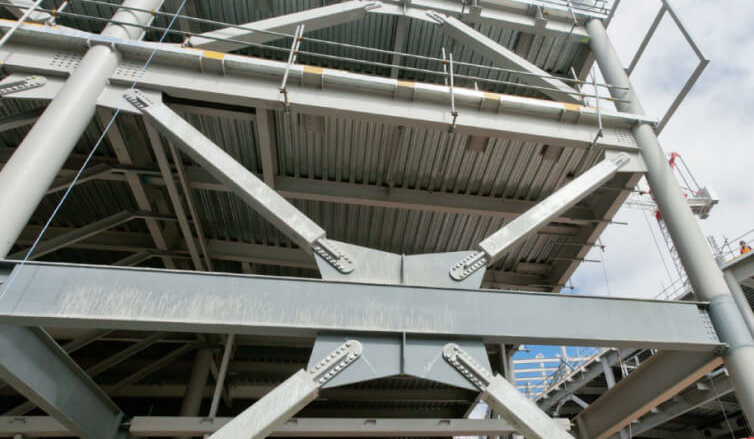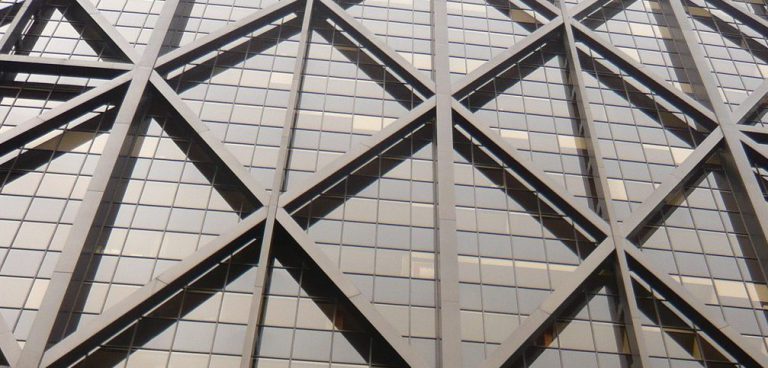A rigid pipe support is employed to limit the movement of a pipe in specific direction(s) by offering limited or no flexibility in that particular direction. The primary purpose of such a support is as following:
- ANCHOR OR 3D STOPS
In this type of support arrangement, the pipe is securely fixed to the supporting structures, preventing any movement in any direction. This can be accomplished by either welding or bolting the support to the supporting structure.

- REST OR SLIDING SUPPORT
In this particular support arrangement, the pipe is positioned to face vertically downwards as a point of reference. Any motion in the downward vertical direction, primarily caused by the pipe’s weight and the fluid it contains, is prohibited. This particular support is occasionally called a sliding support.
- GUIDE
In this particular support arrangement, the pipe is secured in a direction different from the one in which the weight of the pipe and its contents are exerted. A restricted amount of flexibility can be achieved by incorporating a guide gap, which is the space between the outer surface of the pipe and the inner surface of the guide plate.

- REST & GUIDE SUPPORT
In this support arrangement, the pipe is securely attached in a vertical downward direction, taking into account all possible guide directions.
The structural engineer is responsible for receiving the necessary information, including the single line load and the types of support, in order to effectively analyze and design the piperack and structure. This includes understanding the specific load that will be applied to the structure and ensuring that it is adequately supported to maintain its integrity and functionality.


